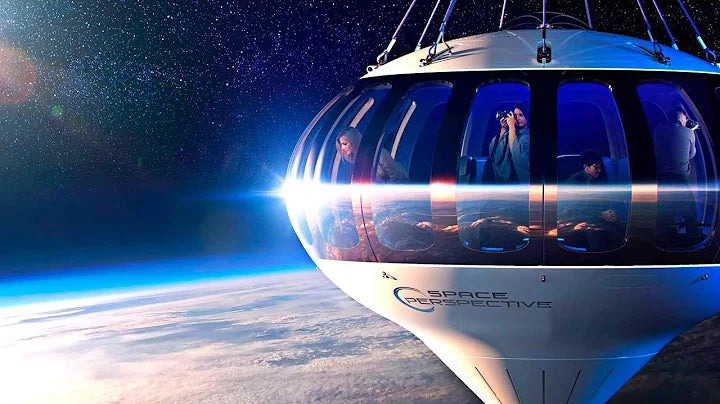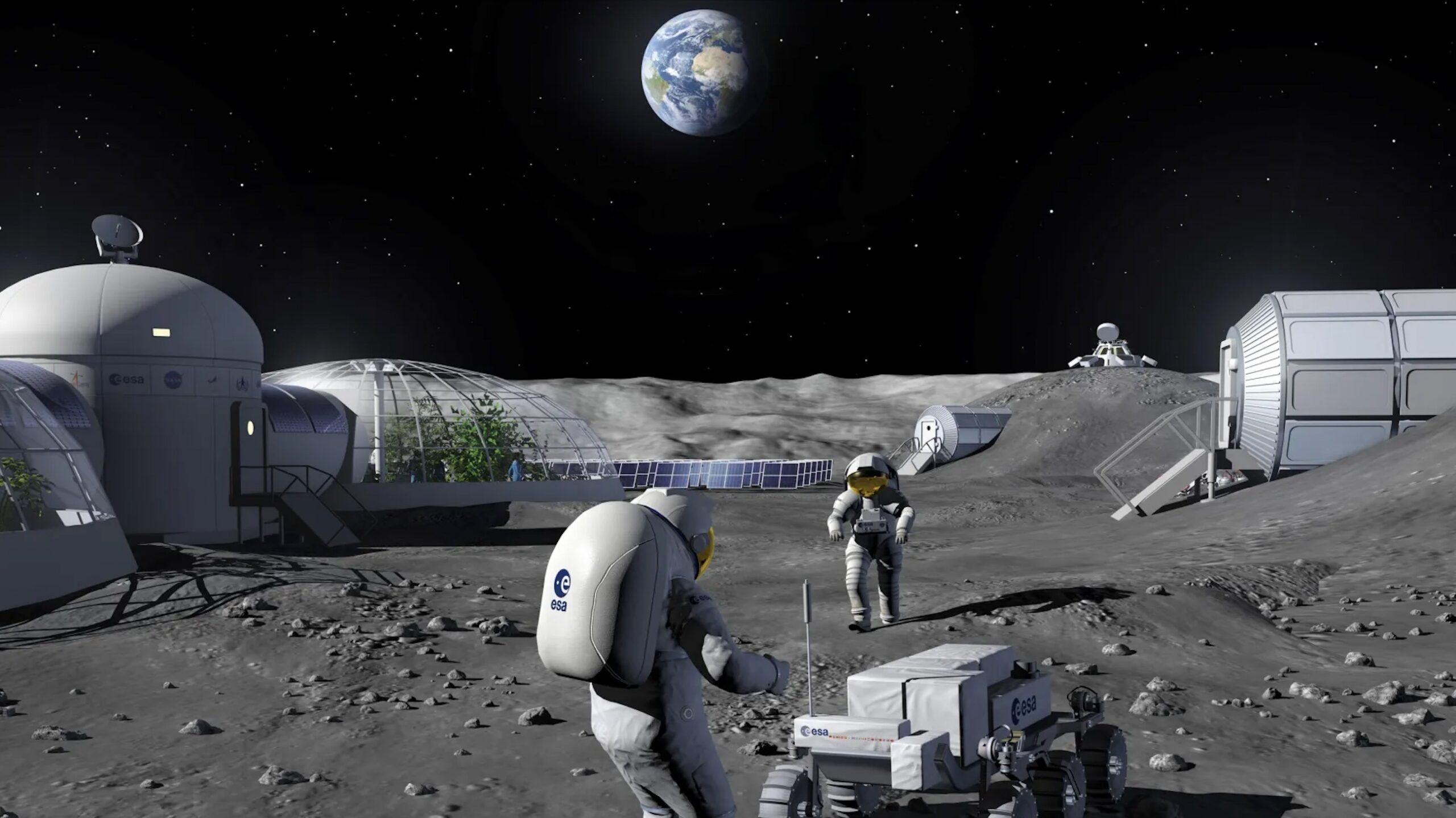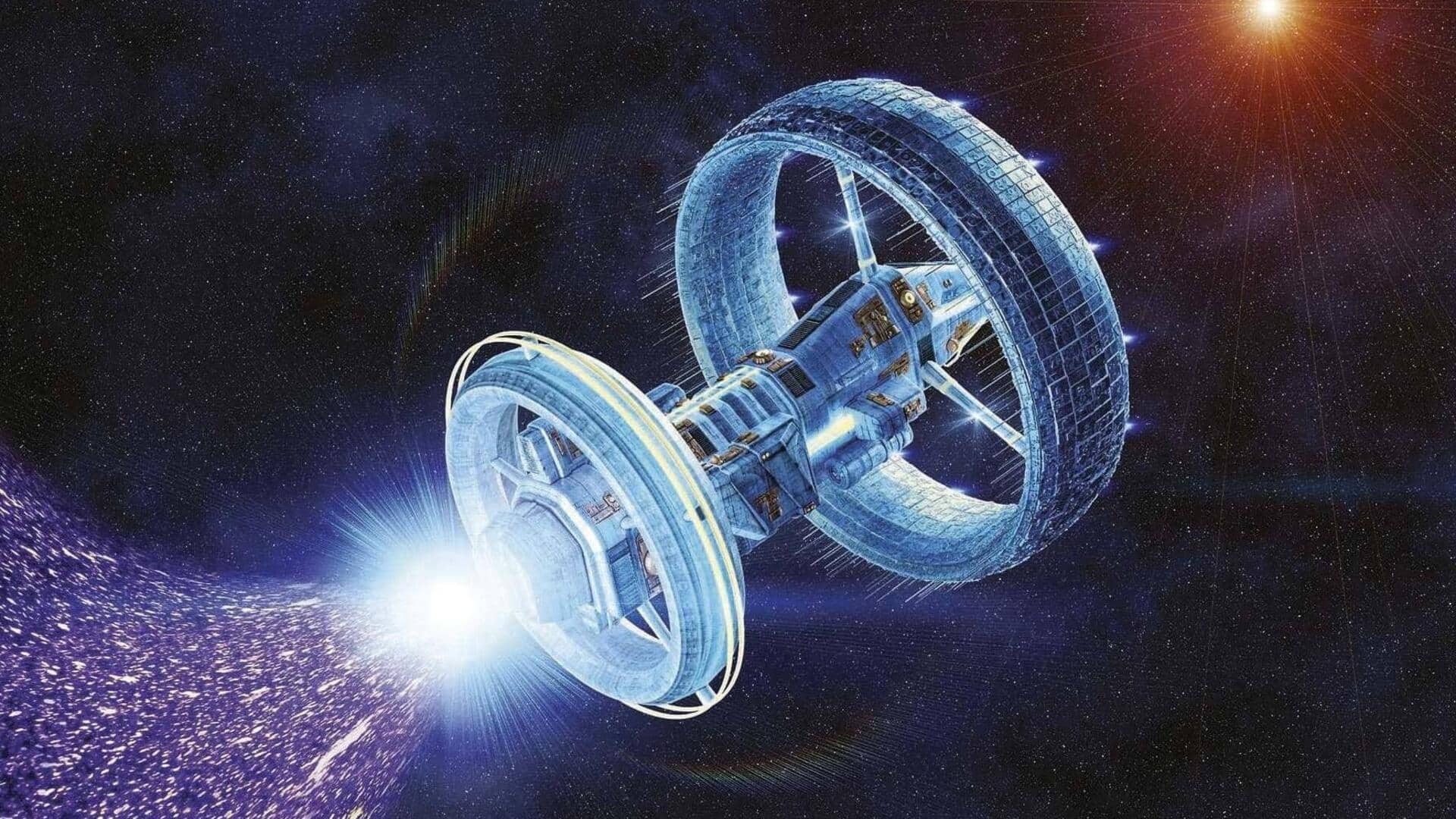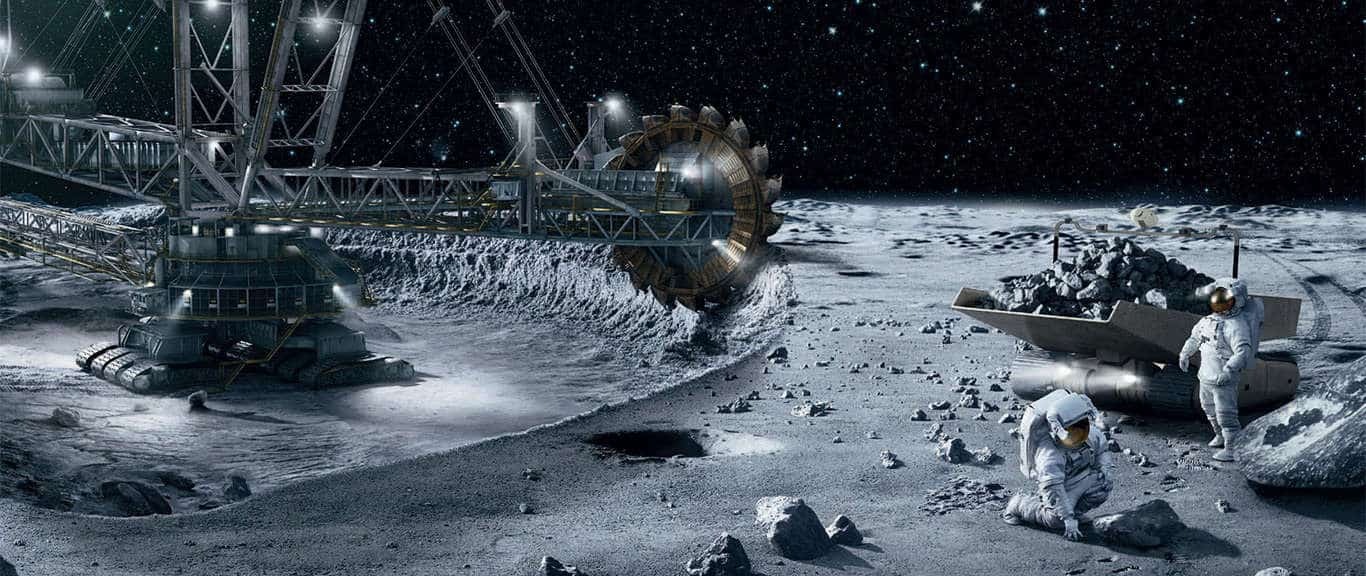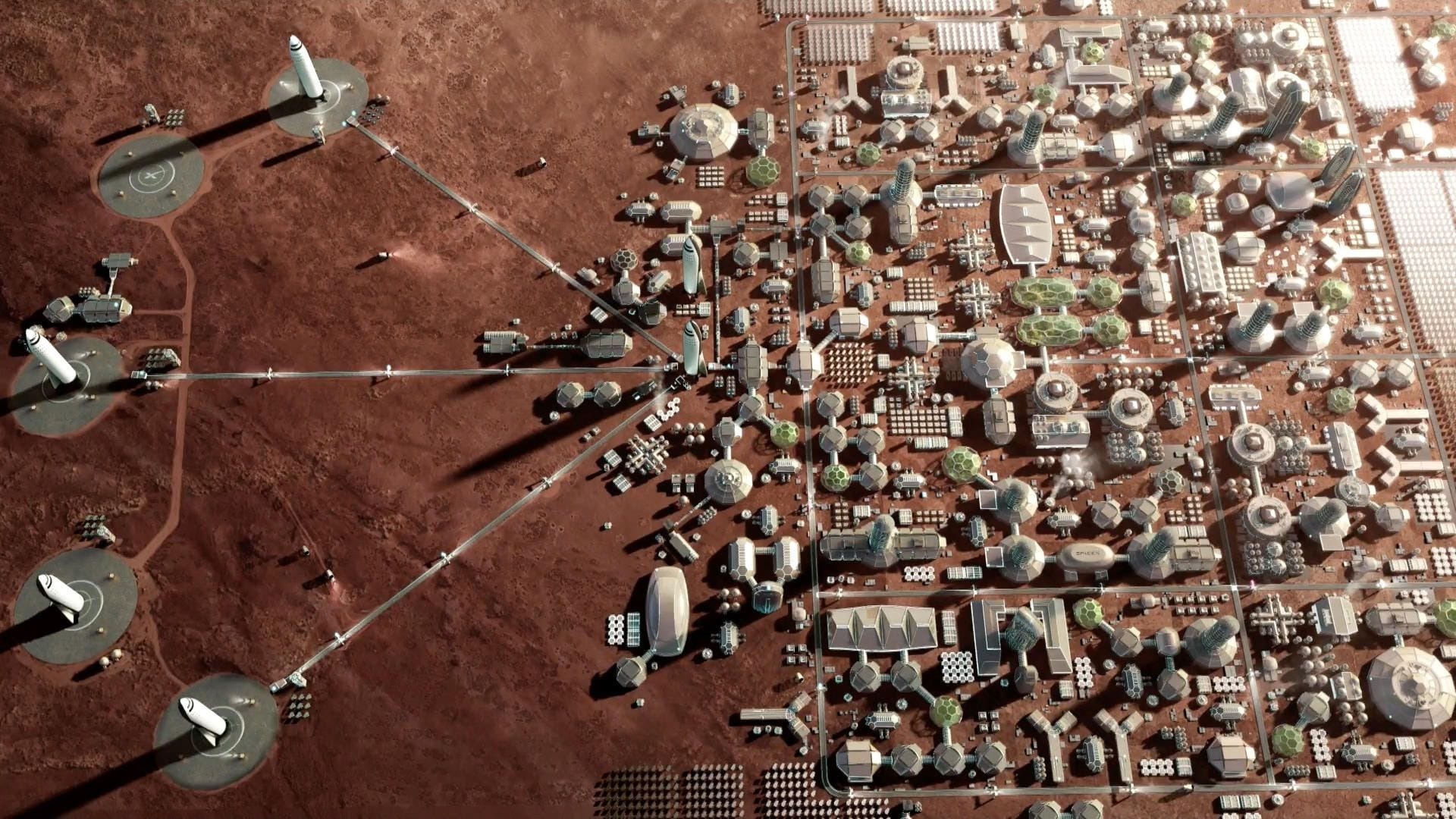For a long time, the idea of traveling to space was something only a select few could dream of. It was a job for highly trained astronauts and brilliant scientists. But in recent years, something has changed. Thanks to new technology and ambitious private companies, a new kind of travel has been born: space tourism. The dream of seeing Earth from above and floating in zero gravity is now a reality for those who can afford it.
But this raises a very important question: will space tourism ever be for everyone? Is it a new era of adventure for all of humanity, or will it forever remain a luxury for the super-rich? In this article, we will take a deep dive into the world of space tourism, from the companies leading the way to the huge challenges that stand in the way of making space travel accessible to the average person. We will look at the different types of space flights, the high cost, and what the future might hold.
What Is Space Tourism? A New Kind of Vacation
Space tourism is the idea of paying to travel to space for fun, adventure, or personal reasons, rather than for a scientific mission. There are two main types of space tourism, and they are very different from each other.
- Suborbital Spaceflight: This is the most common and “affordable” type of space tourism right now. A suborbital flight takes you just to the edge of space, but it does not go fast enough to orbit the Earth. The flight goes up high enough for you to see the blackness of space and the curve of the Earth. At the highest point of the flight, you experience a few minutes of zero gravity, where you can float freely in the cabin. The whole experience, from liftoff to landing, lasts for about 10 to 15 minutes.
- Orbital Spaceflight: This is the same kind of space travel that astronauts do. An orbital flight takes you all the way into space, where you travel fast enough to circle the Earth. These missions last much longer, from a few days to over a week. The most famous example of this is a trip to the International Space Station (ISS).
The Big Players: Companies Leading the Way
A few major companies are making space tourism a reality. Each one offers a different kind of flight experience.
- Virgin Galactic: This company, started by Sir Richard Branson, uses a special air-launch system. A big airplane carries a smaller spaceship, called a spaceplane, high into the air. At about 50,000 feet, the spaceplane is released and its rocket engine fires, taking passengers to the edge of space. Virgin Galactic’s goal is to make these suborbital flights a regular service, much like an airline. The price for a seat on one of their flights is around $450,000.
- Blue Origin: Founded by Jeff Bezos, this company uses a more traditional rocket system called New Shepard. The rocket launches vertically from the ground, takes the capsule with its passengers to the edge of space, and then the rocket lands itself back on the launchpad. The capsule then returns to Earth under parachutes. Blue Origin’s flight is very similar to Virgin Galactic’s, with passengers experiencing a few minutes of zero gravity and a view of the Earth. While the exact prices are not public, it is estimated to be in the range of $200,000 to $300,000.
- SpaceX: Elon Musk’s company is focused on orbital spaceflight. It uses its Crew Dragon spacecraft, which is the same one that takes NASA astronauts to the ISS. SpaceX has partnered with other companies, like Axiom Space, to send private citizens on orbital missions that can last for several days. These flights have a much higher price, with seats costing around $55 million. This is a completely different kind of space tourism that offers a long-term stay in orbit.
The Price Tag: Why Space Tourism Is so Expensive
The biggest reason that space tourism is not for everyone is the cost. The prices are so high that only a small number of very wealthy people can even consider it. The cost comes from a few key factors:
- Expensive Technology: It costs a huge amount of money to build rockets and spaceships. These are some of the most complex and advanced machines ever made. The materials, the engines, and the safety systems all add to the price.
- Small Number of Flights: Right now, there are not many space tourism flights each year. All the research, building, and launch costs have to be paid for by a very small number of passengers. The price per person is high because there are so few flights.
- Astronaut-Level Safety and Training: Even for a short suborbital flight, the training is rigorous. Passengers have to be healthy and must go through days of training to prepare for the g-forces of launch and the experience of zero gravity. The cost of this training and the safety measures on the rockets are all part of the ticket price.
The Experience: What It’s Like to Be a Space Tourist
So, what do you get for hundreds of thousands or even millions of dollars? The experience of being a space tourist is not like a normal vacation.
Before the flight, passengers go through a few days of training. They learn about the spaceship’s safety systems, what to expect during the flight, and how to move in zero gravity. They also get to meet the other passengers and the crew, creating a unique and exciting group.
On the day of the flight, the experience is fast and intense. The rocket takes off with incredible power, pushing you back in your seat with the force of gravity. Then, at the top of the flight, the engines cut off, and you enter zero gravity. For a few minutes, you can unbuckle your seatbelt and float freely inside the cabin. From the windows, you can see the blackness of space and the incredible curve of the Earth below, a view that very few people have ever seen.
After a few minutes, gravity starts to return, and the spaceship begins its journey back to Earth, landing smoothly on a runway or under parachutes. The whole experience is a life-changing event that gives people a new perspective on our planet.
The Challenges of Making Space Tourism Cheaper
The dream of making space tourism accessible to everyone faces many challenges.
- Lowering the Cost of Launch: The biggest challenge is finding a way to make rockets much cheaper. The key to this is reusability. Companies like SpaceX and Blue Origin are working on fully reusable rockets that can land back on Earth and be used again, just like an airplane. This could one day bring the cost of a launch down a lot, which would make the price per ticket cheaper.
- Building More Space Infrastructure: If space tourism becomes common, we will need a lot more than just a few rockets. We will need commercial spaceports and even new space stations or hotels in orbit. Building this infrastructure is expensive and will take a lot of time.
- Safety and Regulation: Space travel is a dangerous business, and safety is the number one priority. Governments and companies need to create new rules and regulations to make sure that these flights are as safe as possible for paying passengers.
The Future of Space Tourism: A Glimmer of Hope?
While space tourism is currently only for the very rich, there is a lot of hope for the future. The space industry is growing very fast, and more companies are entering the market. This increased competition and the focus on reusable technology could one day drive the prices down.
History has shown us that what starts as an expensive luxury for the very rich often becomes more accessible over time. The first airplane tickets were incredibly expensive, but air travel is now a common part of life. The first computers were huge and cost a lot of money, but today almost everyone has one.
The same might happen with space tourism. As technology gets better and more people are flying, the price per person is expected to slowly drop. It may not be accessible to everyone in the next 10 or 20 years, but it is a new beginning.
Conclusion
Space tourism is a new and exciting industry that is turning the dream of going to space into a reality. While the current cost of a ticket is incredibly high, companies like Virgin Galactic, Blue Origin, and SpaceX are all working to make space travel more regular and, hopefully, more affordable. The challenges are huge, but the rewards are even bigger. The journey to making space tourism a reality for everyone will be a long one, but it is a journey that has already begun. In the future, a trip to space might not be a common vacation for all, but it will be a trip that more and more people can dream of taking.







